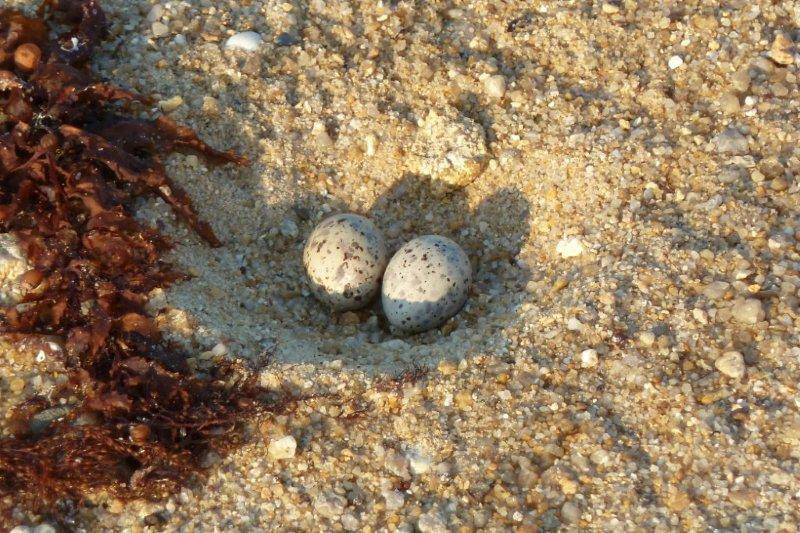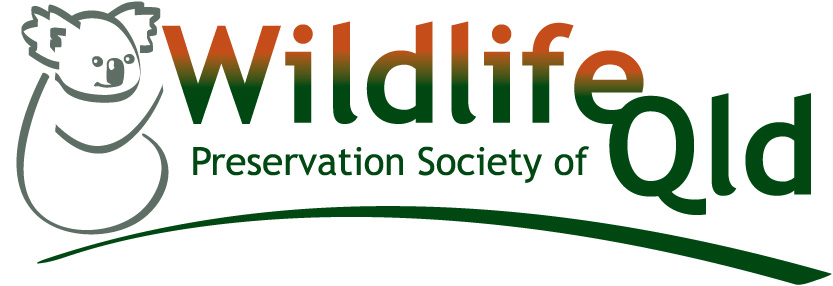| WILDWATCH: by ANNE WILKINSON I was delighted when I walked into Tully library the other day to find an excellent flyer displayed near the door for anyone to pick up. Called “Protecting the little terns of the Cassowary Coast” it has been produced jointly by CCRC, the Federal Government, the Queensland Government and Reef Guardian Council. Apart from being an interesting document in its own right, it gives a fascinating glimpse into the lives of these tiny, endangered seabirds. Reading it, one can almost smell the sea and the beach. |
The nest is literally a scrape in the sand, usually in low dunes or just above the tideline, and the tiny eggs are patterned so they merge into the beach colours. Even the sandy patterned chicks are almost invisible.
It is a case of wonderful camouflage developed over aeons to protect the birds from their natural predators before families began to use beaches as playgrounds. The advent of beach-going vehicles presents yet another threat because a little nesting family in the way of a wheel has no hope. Even though the parent birds can escape, the eggs or chicks stand no chance.
As someone who has always admired these tiny, intrepid and brave little seabirds, I really welcome this flyer which is full of tips and hints about how to ensure that this year, at last, they will have a better chance of a good breeding year. It is such a privilege to have such a rare species calling the Cassowary Coast home, even if only for a part of the year.
So what is the story of the little terns?
At under 25cms from beak-tip to tail-tip, the little tern is the smallest of the tern “family”. Little white birds with a black cap, and in the mating season, yellow legs and beak, they feed mainly on small fish, insects and crabs.
They indulge in a complicated mating display which includes the male presenting his mate with small fish, sometimes as they fly together in the air.
Natural predators include goannas, gulls and rats, but feral dogs and cats also take their toll, so they have much to contend with. The breeding season lasts for only a small part of the year.
It is not yet known exactly where the little terns fly from to nest here on our shores, but it is known even tiny birds like this can fly literally thousands of kilometres each year.
If ever a species is “living on the edge” in all senses of the word it is the little tern.
Do pick up a flyer – available from many outlets throughout the region or by phoning council – to find out how you can help make this a good year for this rare, beautiful and embattled species.
When choosing new plants for the garden, why not give your resident wildlife an early Christmas present and choose something which they will appreciate and which will be useful to them?
Nectar bearers like callistemons and grevilleas are well known, and always add a delicate, feathery beauty to the garden, but there are a host of other plants which will help the wild creatures survive.
One member of Tully Garden Club thought about this when she brought along Aristolochia deltantha vines, necessary to the breeding cycle of the Cairns birdwing butterfly, to give away at last Saturday’s club meeting.
These rather fragile little vines do not have spectacular flowers, unlike their showy exotic “cousins” which have large flowers but are poisonous to butterflies, but in this region Aristolocha deltantha should have a place in every garden.
The Cairns birdwing lays its eggs on the vine and its caterpillars eat the leaves.
The vine needs good drainage and plenty of water and currently is bearing its fleshy, yellow to orange fruit.



